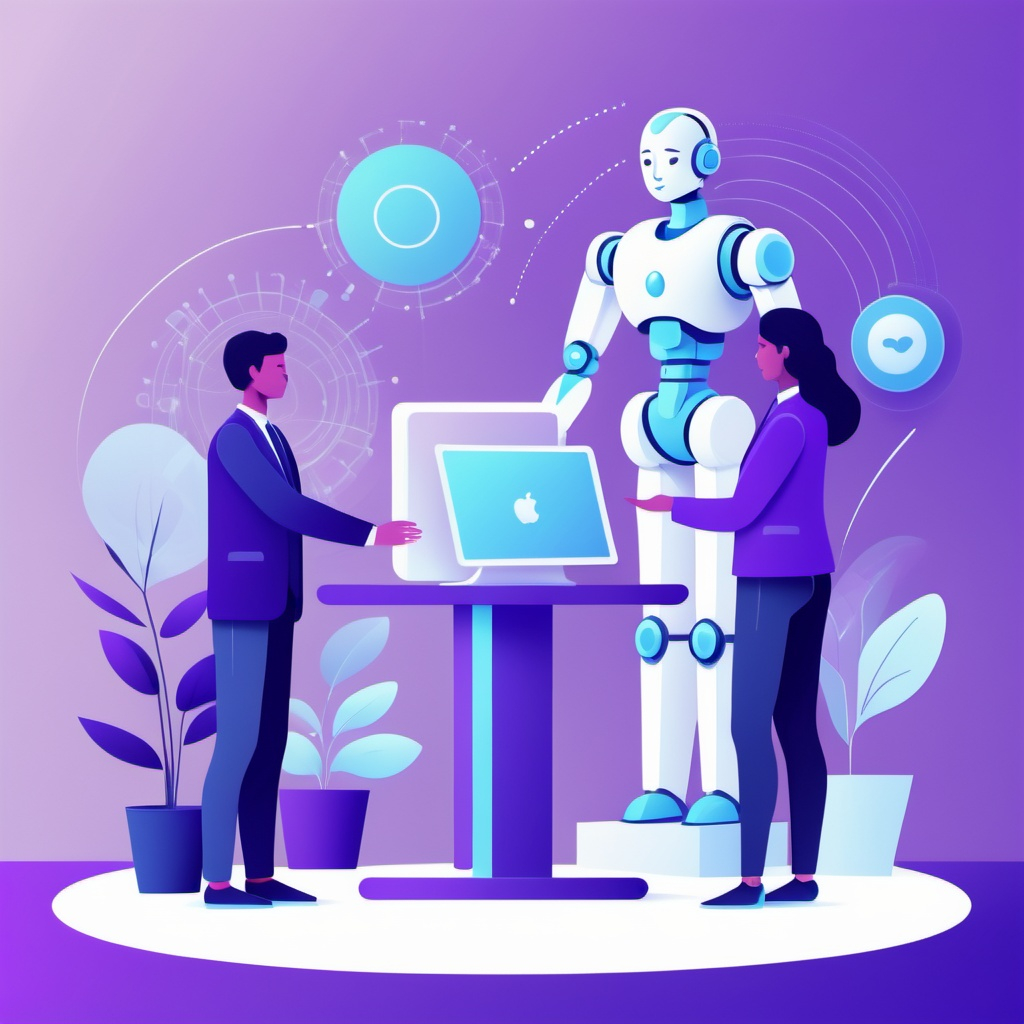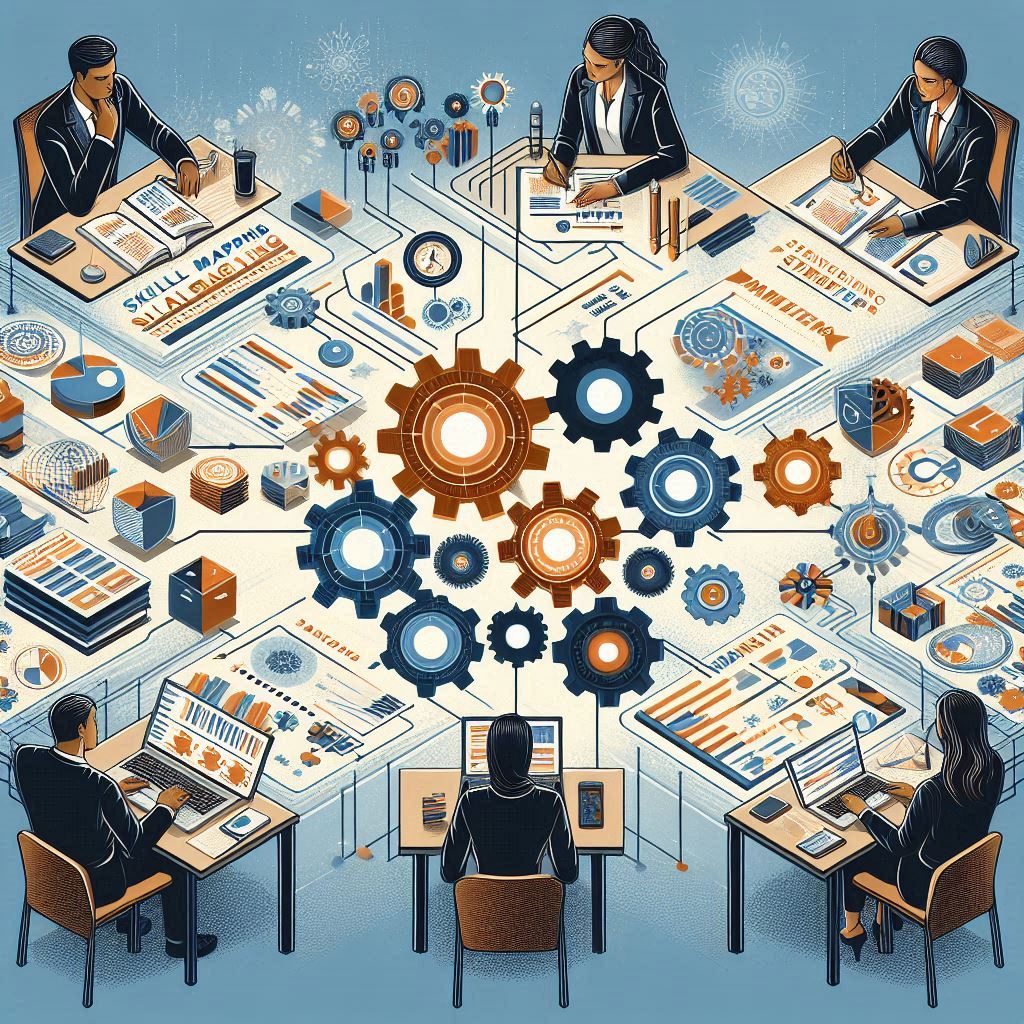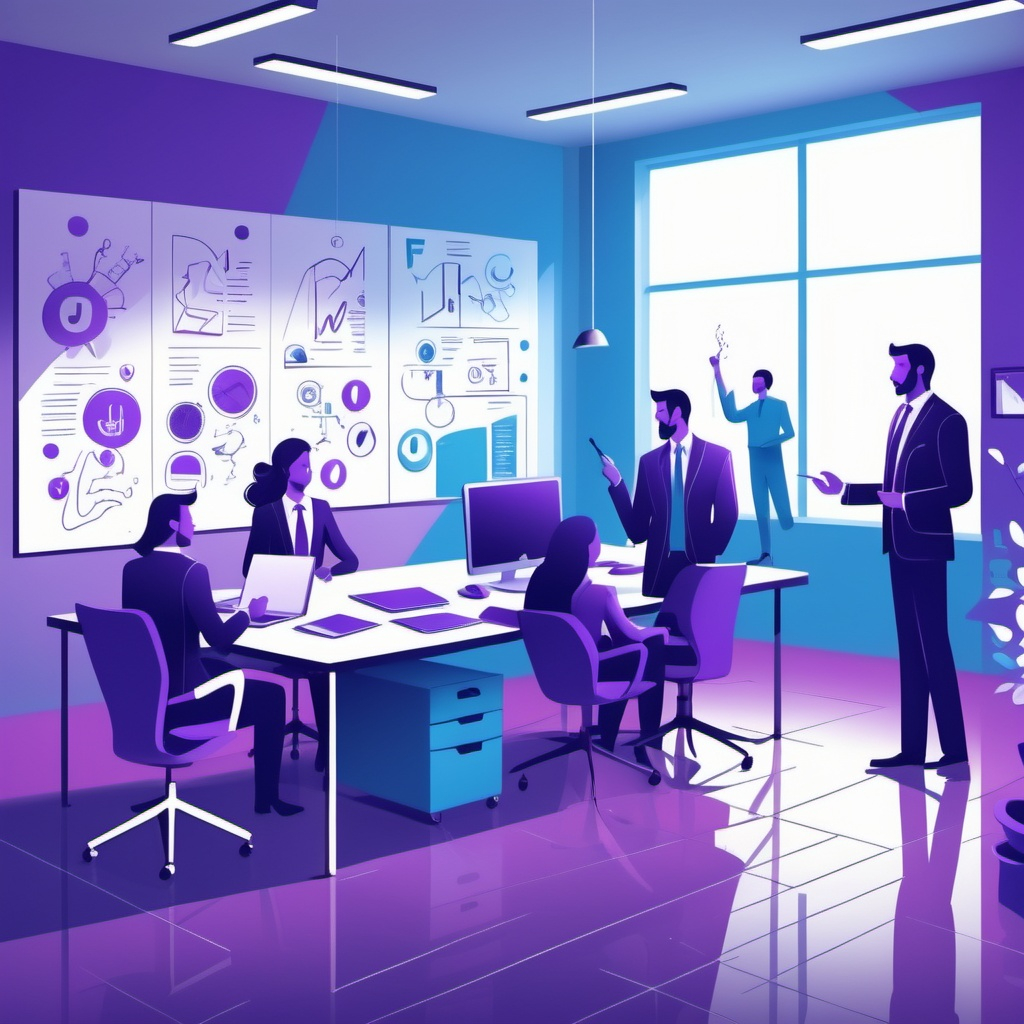Employee Engagement Strategies: A New Era of Workplace Innovation Begins
In the ever-evolving landscape of the modern workplace, the concept of employee engagement strategies has transcended traditional boundaries. With numerous discussions already delving into its various facets, it’s time to explore truly innovative strategies that can redefine employee engagement for the future workplace.
1. Augmented Reality (AR) Workspaces as Employee Engagement Strategies
Embrace the potential of Augmented Reality (AR) to create interactive and engaging workspaces. AR can transform mundane tasks into immersive experiences, whether it’s visualizing data in three dimensions or conducting virtual meetings with holographic projections. This not only enhances productivity but also adds an element of excitement to everyday work.
2. Gamified Performance Metrics
Introduce gamification in performance metrics, where achievements are celebrated through a system of points, badges, and leaderboards. This approach can make goal-setting and performance tracking more engaging and motivating, turning routine tasks into enjoyable challenges.
3. AI-Powered Personal Development Plans
Leverage Artificial Intelligence (AI) to create personalized development plans for employees. AI algorithms can analyze an individual’s strengths, areas for improvement, and career aspirations to suggest tailored learning paths and growth opportunities, making professional development more relevant and engaging.
4. Employee Engagement Strategies with VR Team Retreats
Organize virtual reality team retreats where employees can escape to exotic locations or engage in thrilling adventures, all from the comfort of their workspace. These VR retreats can serve as innovative team-building exercises and provide a much-needed break from the daily grind.
5. Employee-Driven Innovation Labs
Establish employee-driven innovation labs where team members can work on passion projects or explore new technologies. These labs can serve as incubators for fresh ideas and foster a culture of creativity and experimentation.

6. Wellness and Mindfulness Apps
Integrate wellness and mindfulness apps into the work environment. These apps can offer guided meditation sessions, stress-relief exercises, and wellness challenges, promoting mental health and overall well-being.
7. Social Impact Projects for Employee Engagement Strategies
Encourage employees to participate in social impact projects that align with their values and the company’s mission. Whether it’s environmental conservation or community development, involvement in these projects can boost morale and provide a sense of purpose.
8. Flexible Work Models
Experiment with flexible work models that go beyond the typical remote or hybrid setups. Consider options like 4-day workweeks, flexible hours, or job sharing to provide employees with greater autonomy and work-life balance.
Also Gartner emphasizes that for a successful hybrid environment, organizations should invest in four work modes: Synchronous (co-located teams and virtual meetings for distributed teams) and Asynchronous (teams sharing spaces but working at different times, and distributed teams doing focused work remotely).
In Conclusion
Employee engagement is not a static concept; it’s a dynamic and evolving journey. By adopting these next-level strategies, organizations can not only enhance employee engagement but also pave the way for a more innovative, fulfilling, and future-ready workplace.
For those who are eager to delve even deeper into the world of employee engagement, we highly recommend our insightful blog, “Employee Engagement Initiatives: Pioneering Approaches for a Vibrant Work Culture.” This piece explores groundbreaking strategies that can transform the work environment and offers valuable insights.








